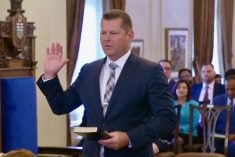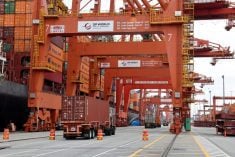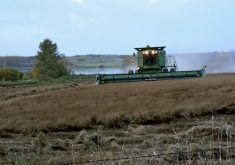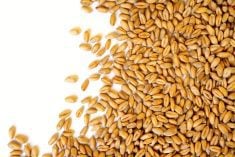A frost that destroyed dozens of canola fields in south-central Manitoba also hit growers in North Dakota.
Lesley Lubenow, North Dakota State University extension agronomist in Langdon, N.D., said the May 30 frost damaged canola crops across a wide geography in the state.
“It covers six counties in the northeast. So, pretty much northeast North Dakota,” she said. “There are guys who are re-seeding 800 acres or 1,600 acres. That’s individual farmers.”
Northeast and north-central North Dakota are the primary growing areas in the state, which typically grows one to 1.2 million acres of canola.
Read Also
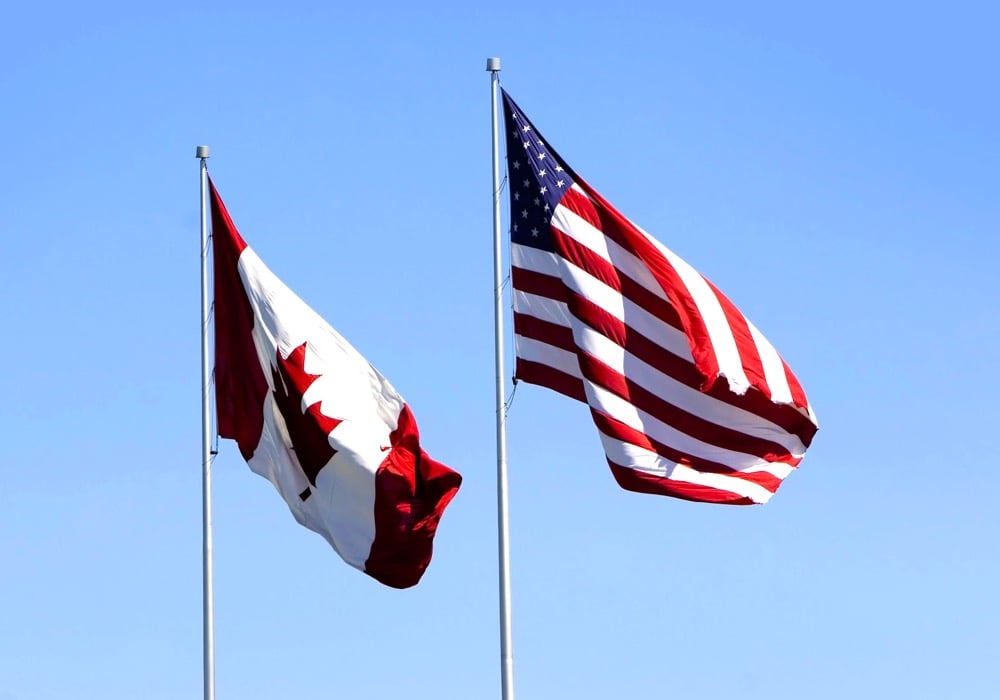
Canadian trade data delayed by U.S. government shutdown
Canadian international trade data for September will be delayed indefinitely due to the ongoing partial shutdown of the United States government, Statistics Canada said Friday, Oct. 24.
Lubenow said temperatures dropped – 6 C in parts of the state the morning of May 30, killing canola plants in the cotyledon or the one true leaf stage.
“It’s mostly the people who got their canola in about a couple of weeks ago and it was just emerging out of the ground.”
At this point it’s difficult to know how many acres, or what percentage of acres, will be re-seeded, Lubenow said.
But canola seed is in high demand.
“We’re hearing reports of a seed shortage, from all the guys reseeding.”
Lubenow said the frost also damaged some flax and barley.
Soybeans, though, weathered the frost.
“I have no reports of soybean (damage).”
Lubenow said crop insurance covers 50 percent of the cost of seed, when North Dakota farmers reseed, and the companies typically give producers a break on prices.
“The farmer cost, of the seed itself, is very minimal,” she said. “Canola prices have gone up because of the frost concerns in Canada…. So there is good incentive for people to re-seed.”
Contact robert.arnason@producer.com




